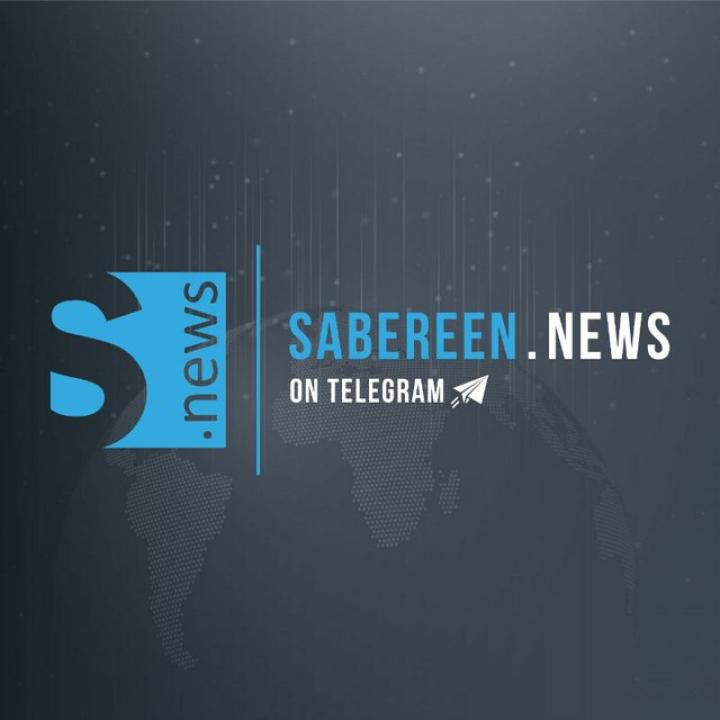
The Tuna and Noodles Saga: Findings from a War of Words Between Militias

Bitter squabbles between the social media platforms of two competing Iraqi militias offer insights into the movements and their relationship.
February 22-23, 2021, saw latent rivalries between the social media channels of Kataib Hezbollah (KH) and Asaib Ahl al-Haq (AAH) break out into bitter squabbles. As usual, these episodes teach a lot about the movements involved and their interrelationships.
Step 1: KH criticizes rocket attack on the U.S. embassy. The disagreement began after a rocket attack on the International Zone (IZ) in Baghdad on February 22. Rockets fell on a parking space, damaging a number of cars. Jafar al-Husseini, military spokesman of KH, condemned the attack on the same day, saying “malicious hands are behind the attack to muddy the waters.” As background, it seems KH had accepted Iranian guidance since October to hold off from attacking embassies, before the shift in tactic happened after a February 26 U.S. airstrike.
Step 2: AAH rejects this criticism. AAH’s Sabereen news was quick to reply, posting a photo of Abu Mahdi al-Muhandis and Qasem Soleimani captioned: “[Revenge for the] blood Iraq’s guest [referring to Soleimani] and its senior [referring to Muhandis’s nickname] is your responsibility of the honorable muqawama members." The post also had a telling hashtag in Farsi: "fire at will" (see below). This phrase is an indication of AAH’s sentiment that the militia does not need to receive orders from Iran's Qods Force to attack U.S. interests in Iraq. Qais al-Khazali, AAH’s leader, has been reiterating this line for a long time, particularly his remarks that the “muqawama [resistance] is a purely Iraqi decision.”
Step 3: AAH mocks KH’s credibility as a resistance faction and accuses it of being subject to foreign influence. Seven minutes later, Sabereen posts the following message: “The number of NATO [forces] has increased in Iraq, so what are you doing about it? Tribal poetry and dances? Or wait for a convoy carrying cans of tuna?” AAH’s Sabereen is clearly mocking KH’s strategy of hitting U.S. logistical convoys via its “facade” group Saraya Qasem al-Jabbarin.
Sabereen concluded: “Resistance is a purely Iraqi decision.” This is a sentiment regularly repeated by Khazali, as mentioned above. Sabereen then reposted a message by Al-Faqaar, also assessed as an AAH outlet, citing a hadith saying: “Tell the truth even if it causes your death...and leave the untrue even if it saves you.” This is an implicit accusation that KH is misrepresenting itself as real resistance.
Step 4: KH mocks International Zone rocket tactics. The next day, February 23, the KH media channel Unit 10,000 replied to Sabereen in a post without mentioning any names: “Whoever fires these expired rockets at empty green spaces and parking without touching the [U.S.] embassy is from those who sanctify the embassy, not from its enemies. The goal is clear: discrediting the resistance.”
Step 5: AAH mocks KH’s roadside bombings. This harsh criticism seems to have enraged Sabereen and prompted the outlet's administrator to create a poll forty-four minutes later with a question and four potential answers:
How do you think we can expel the Americans from Iraq?
A. By political resistance.
B. Targeting convoys of tuna and noodles on the international [highway].
C. Weapons of real muqawama fasail the size of Usbat al-Thaireen and Saraya Awliya al-Dam.
D. The Americans will never leave.
The poll was deleted a few minutes later.
Analysis
This two-day exchange is a real spat, having exposed important fault lines between the two largest fasail in a damaging online exchange. The divisions reflect not just the rivalry of entourages, the digital generals in electronic armies, but also real differences between KH’s policy of avoiding attacks on the U.S. embassy and AAH’s keenness to strike bases and not just supply trucks.
The exchange also underlines that the fasail online operators are not disciplined, and they seem to emotionally identify with the groups. This suggests that multiple accounts are not being handled by the same group, that they are not being run by composite multi-fasail crews, and that they are not run by Iranian or Lebanese Hezbollah operators. Finally, the spat between KH and AAH media platforms—reminiscent of the late 2020 arguments over attacks on Baghdad media parlors—is a reminder that some of the best counter-fasail information operations themes are identified by the groups themselves as they periodically feud with each other.










